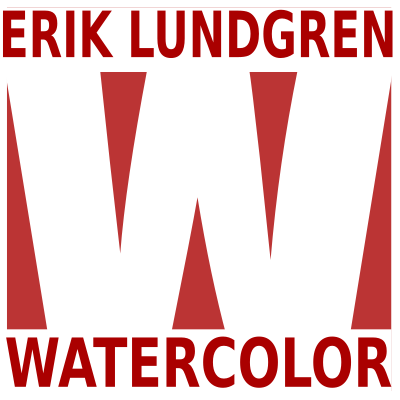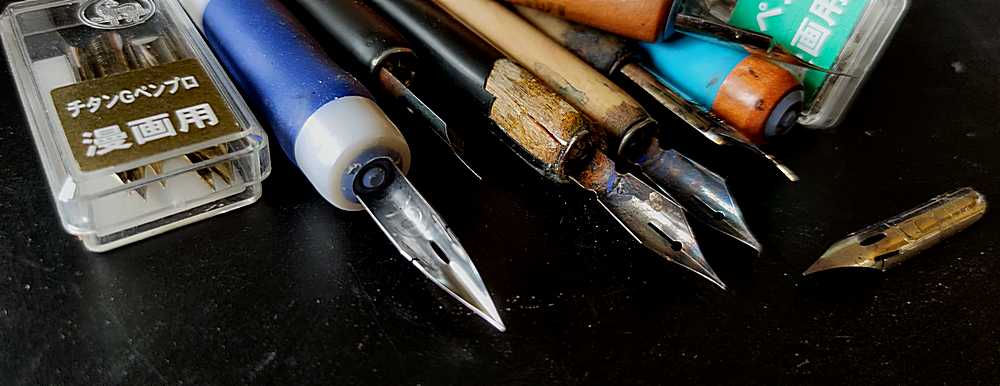Pouring and tilting Watercolor Paint
To create smooth and seamless transitions with watercolor, artists often use the wet-on-wet technique, which involves applying paint to already wet paper. Another way to achieve similar effects is to use generous amounts of…



















